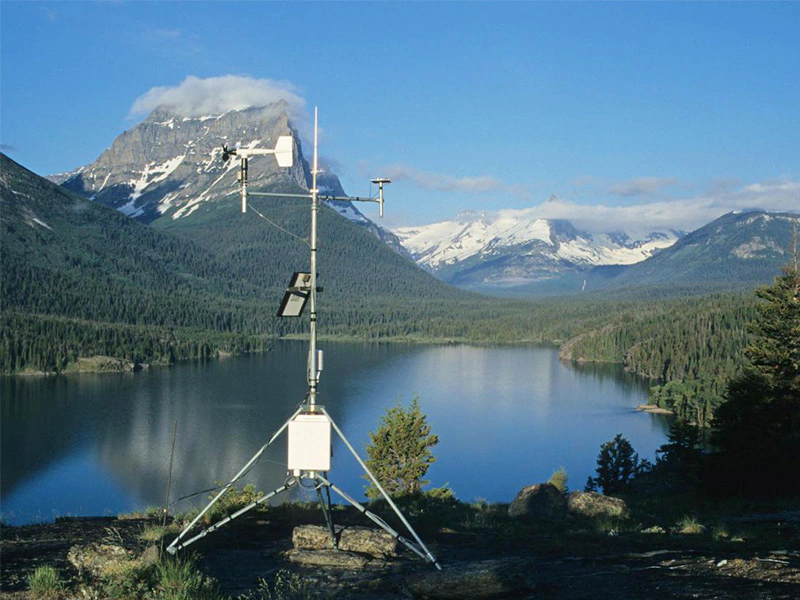
# What Is a Weather Station
Introduction to Weather Stations
A weather station is a facility equipped with instruments and sensors designed to measure various atmospheric conditions. These stations play a crucial role in meteorology by collecting data that helps predict weather patterns, monitor climate changes, and support various industries such as agriculture, aviation, and disaster management.
Components of a Weather Station
Modern weather stations typically include several key components:
- Thermometer: Measures air temperature
- Barometer: Records atmospheric pressure
- Hygrometer: Measures humidity levels
- Anemometer: Tracks wind speed
- Wind vane: Determines wind direction
- Rain gauge: Measures precipitation
- Pyranometer: Measures solar radiation
Types of Weather Stations
Weather stations come in different configurations depending on their purpose and location:
1. Professional Weather Stations
These are high-precision stations used by meteorological organizations, airports, and research institutions. They often include sophisticated equipment and are maintained by trained professionals.
2. Personal Weather Stations
Designed for home or small-scale use, these stations provide basic weather data for personal reference. Many connect to home networks and share data online.
3. Automated Weather Stations
These unmanned stations automatically collect and transmit data, often in remote locations where human monitoring isn’t practical.
How Weather Stations Work
Weather stations operate through a combination of sensors that continuously monitor atmospheric conditions. The collected data is either:
- Recorded locally for manual collection
- Transmitted wirelessly to a central database
- Processed by on-site computers for immediate analysis
Advanced stations may use satellite or cellular networks to transmit real-time data to meteorological centers worldwide.
Importance of Weather Stations
Weather stations serve numerous critical functions:
- Improving weather forecasting accuracy
- Monitoring climate change patterns
- Supporting agricultural planning
- Enhancing aviation safety
- Providing early warnings for severe weather events
- Supporting scientific research
Future of Weather Stations
Technological advancements continue to transform weather stations. Emerging trends include:
- Integration with IoT (Internet of Things) networks
- Miniaturization of sensors
- Increased use of AI for data analysis
- Development of more durable materials for harsh environments
- Expansion of citizen science networks using personal weather stations
As our understanding of weather and climate grows, weather stations will remain essential tools for monitoring and predicting atmospheric conditions that affect our daily lives.
Keyword: what is a weather station
